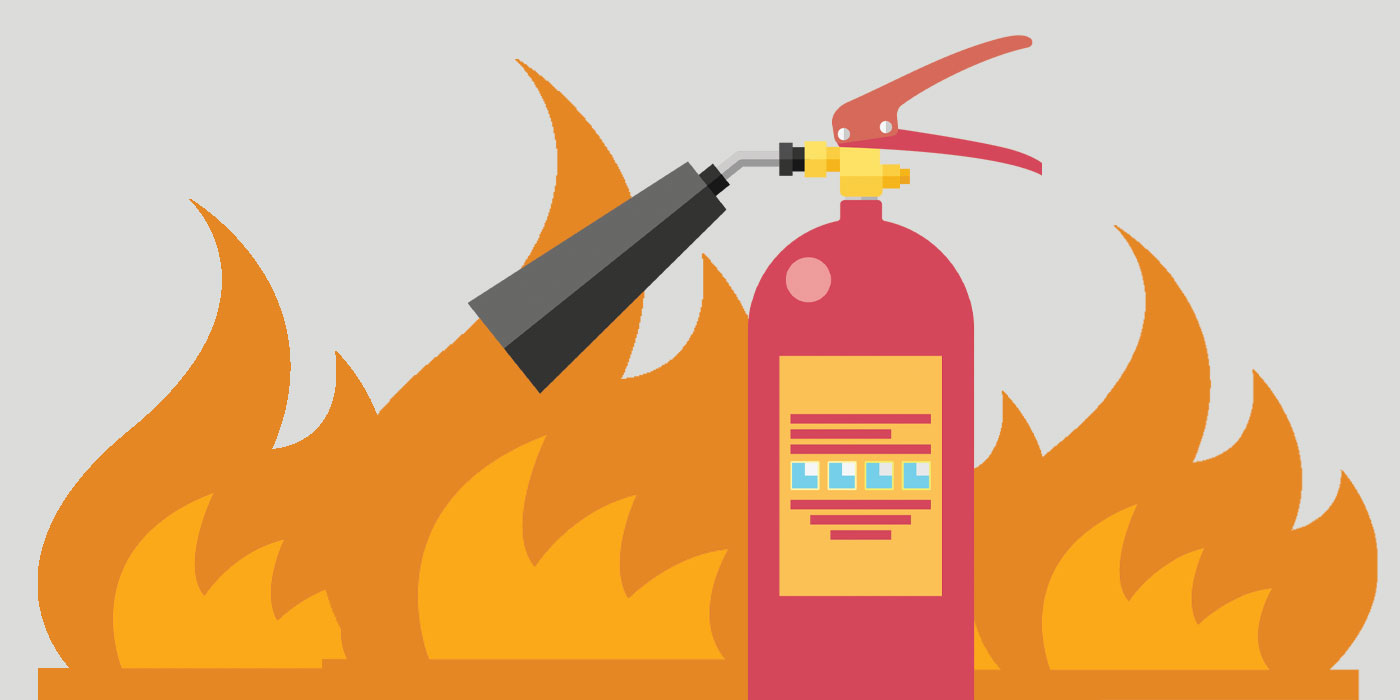Every company in Sydney, fire protection is not just legal, but it is a vital part of keeping employees, customers, and property protected. The risks that could arise from the fire could be avoided or reduced with the correct safety measures. Regular fire inspections, periodic testing and tagging of electrical systems and compliance with CFSP regulations all work to create a safer environment and ensure that businesses stay in compliance with the local government and Building Code of Australia (BCA) standards.

The importance of fire inspections to safety
Fire inspections are the first line of defense against potential risks. They ensure that all elements of the fire protection system in the building are in good working order and up-to-date. In Sydney many businesses, they are required to conduct inspections each six or twelve months, based on structure’s type and the regulations of the council. A typical inspection covers everything from fire alarm panels to sprinkler systems to smoke alarms, hydrants and extinguishers, as well as emergency lighting.
The ability to detect the hidden problems and rectify them before they can cause harm is what makes inspections important. It may not seem important however a minor issue in a fire hydrant or a smoke alarm that is not working, could result in fatality in the event of an emergency. By carrying out regular fire inspections, business owners aren’t just fulfilling compliance obligations but actively taking steps to safeguard their premises from the possibility of unforeseen disasters.
Testing and Tagging For Electrical Safety: Addressing Hidden Risks
Electrical systems are among the main cause of workplace fires, which is the reason testing and tagging is a must be an integral part of a fire safety program. The process involves examining the electrical equipment to ensure that it’s safe and functional, and compliant, after which you attach a clear tag that indicates that the product has passed an inspection. For a lot of businesses it is more than a standard procedure it’s a defense against potential risks that are often without being noticed.
If unchecked the old wiring, faulty appliances, or worn-out cables could be a fire hazard. Businesses can reduce the risk of fires by regularly testing and tagging electrical equipment. Employees also have confidence that the workplace is secure. This creates a sense of trust and security in the workplace. When combined with fire inspections, testing and tagging is a comprehensive safety program that reduces risks on several fronts.
The function of CFSP to ensure compliance and Certification
In New South Wales, only an Competent Fire Safety Practitioner (CFSP) is able to sign and certify crucial documents pertaining to fire safety such as Annual Fire Safety Statements. The introduction of CFSP certification has raised the standards for fire safety by ensuring that only professionals are qualified to examine and confirm safety. For business owners who have the CFSP, inspections and reports will not be a simple document, but rather an accurate evaluation performed by experts.
The function of a CFSP is more than just checking off boxes. They offer detailed reports that verify compliance to laws. Without CFSP certification, businesses could face fines, legal complications, and even closure if safety measures are considered to be inadequate. Utilizing experts who are certified will ensure that the fire safety system is being maintained correctly, and that all compliance requirements are met.
Fire Safety as an ongoing Security Commitment
Every business owner is obligated to take on the responsibility to make sure that the safety of their employees is top priority. Regular inspections and testing of electrical equipment, along with proper certification by CFSP to create a safety cycle that is never ending. This approach is not only legal, but also promotes a safety-conscious culture in the workplace. Employees are able to feel secure knowing that evacuation plans have been established, smoke detectors are working and emergency lighting has been checked, and the fire protection system is ready to go.
Treating fire safety as a continuous process rather than a yearly checkbox not only reduces risks but also strengthens a business’s reputation. If a workplace is geared towards safety, customers and clients will be more relaxed. In the long run, proactive security measures against fires can save money through preventing expensive damage in the form of fines, legal actions or even lawsuits. It also protects everyone in the building.
Conclusion
Safety in the event of fire in Sydney requires a multi-layered approach which includes fire inspections, testing and tagging, and professional certification by a CFSP. Each element is crucial in aiding businesses in complying with rules, but is more important in securing the lives of people and property. Safety is a constant part of the business process, not an afterthought. Businesses can comply with their legal obligations and build a more resilient and safer environment in the future when safety is a regular part of their daily activities.